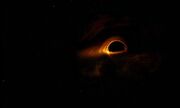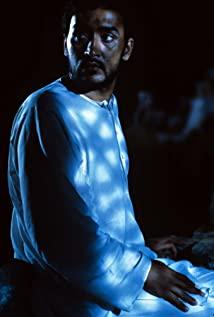An unexpected film can even be a new benchmark for video experimentation. It is different from Apichatpong’s treatment of narrative space—a kind of entanglement between the primitive mystery, the political history of disease and the age of science and technology. . Claire's image space uses more of a positive and negative superimposition method-simple polyphony. The space in the film is an unrealistic real space. It is future, but it is life-like: reproduction, desire , Discipline, Family, Life and Death. On the contrary, the living space on the earth is presented in a surreal posture through an ultra-long-distance transmission method: an irreversible, ideal, and abstract vision. This kind of replacement produces a magical experience. Outer space loses part of its mystery and is humanized, while life on the earth is transformed into an abstract symbol—a symbol that is directly related to the authority.
The trigger of this experience does not come from the core narrative, but from the non-narrative narrative, which makes the situation free again, the image space is no longer restricted by the narrative, and the audience's experience returns to many elements of the sensory level. Whether it is the many descriptions of sex or the grasp of the atmosphere of Little Eden, they are all true generations of unreal scenes, polyphony of space, and polysemous words.
View more about High Life reviews











